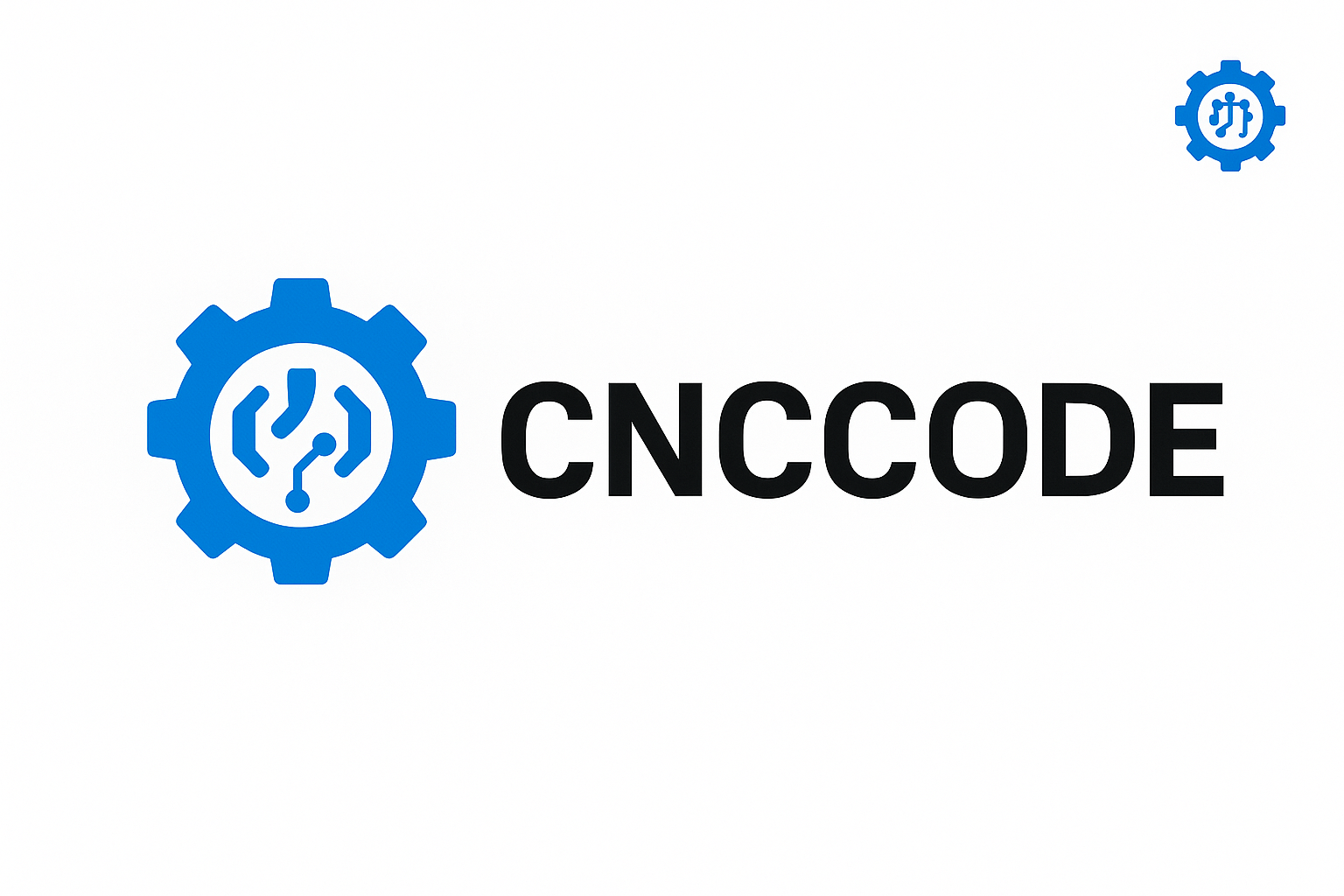Solve CNC machine problems with ease! Learn expert strategies to troubleshoot mechanical, electrical, software, and tooling issues in this essential 2025 CNC maintenance guide.
CNC Troubleshooting Master Guide (2025): Diagnosing, Fixing & Preventing Machine Failures
Even the most advanced CNC machines encounter problems. From spindle errors to software bugs, a proactive troubleshooting mindset is critical to keep your operations smooth and downtime minimal. In this 2025 guide, we cover real-world CNC issues, root causes, and proven fixes for every section of the machine.
1. Common CNC Machine Problems and Their Symptoms
| Problem | Likely Cause | Effect |
|---|---|---|
| Spindle Vibration | Imbalanced tool, worn bearings | Surface finish issues |
| Axis Misalignment | Loose components, crashed axis | Dimensional inaccuracy |
| Overheating | Insufficient lubrication, coolant failure | Thermal expansion, tolerance loss |
| Unexpected Shutdowns | Power fluctuations, software bugs | Production loss |
| Tool Breakage | Feed/speed mismatch, tool wear | Interrupted cuts, tool cost increase |
2. Electrical and Software Troubleshooting Tips
- Check I/O Modules: Loose wires or faulty sensors often trigger machine alarms.
- Update Controller Firmware: Outdated software can misinterpret sensor signals.
- Inspect Emergency Stop Circuit: False E-stop triggers are common in older machines.
- Use Diagnostic Mode: Most modern CNCs have built-in logic test screens.
3. Spindle and Motor Issues: Detection and Prevention
The spindle is the heart of your CNC system. Here’s how to keep it healthy:
- Monitor spindle temperature with thermal sensors
- Balance cutting tools before installation
- Inspect for unusual noise and resonance during dry runs
- Change motor brushes (if applicable) regularly
4. Axis Problems: Backlash, Skipping & Alignment Fixes
Axis-related faults directly impact dimensional accuracy and finish:
- Backlash: Check ball screw wear and tighten coupling nuts.
- Skipping: Replace worn servo motors or adjust torque curves.
- Misalignment: Realign axis using precision dial indicators and squaring blocks.
- Binding: Lubricate guide rails and clean chip build-up.
5. Error Codes & Alarm Messages: What They Really Mean
CNC alarm codes can be cryptic. Here are some commonly seen errors:
| Error Code | Description | Action |
|---|---|---|
| ALM 1001 | Spindle not rotating | Check VFD and spindle motor |
| ALM 1302 | Axis overload | Reduce feedrate, inspect guideways |
| ALM 4003 | Tool change error | Inspect ATC sensor and arm |
| ALM 9001 | Low air pressure | Inspect pneumatic supply |
6. Preventive Maintenance Strategies for 2025
- Daily: Clean machine exterior, empty chip trays, check for air/oil leaks
- Weekly: Check tool runout, spindle temperature, rail lubrication
- Monthly: Inspect ball screws, check backlash, clean filters
- Quarterly: Full diagnostics, firmware updates, backup parameters
7. Must-Have CNC Diagnostic Tools
- Thermal imaging cameras for hot spot detection
- Laser interferometers for axis alignment
- Spindle analyzers for vibration and bearing analysis
- Tool runout gauges and dial indicators
- Multimeters for voltage drop checks
8. When to Call a Technician vs. DIY
Knowing when to fix it yourself vs. when to call the pros is crucial. DIY fixes are safe for:
- Lubrication issues
- Sensor wire replacement
- Alarm resets and parameter checks
However, hire a technician if you encounter:
- Control board failures
- Spindle replacement
- Servo motor malfunctions
- Hydraulic system rebuilds
Conclusion: Troubleshooting as a Competitive Advantage
In today’s fast-paced CNC environment, the ability to troubleshoot efficiently saves thousands in lost production and machine downtime. Build your shop’s troubleshooting capabilities, invest in the right tools, and stay prepared for the unexpected. Prevention is always cheaper than repair.

Leave a comment